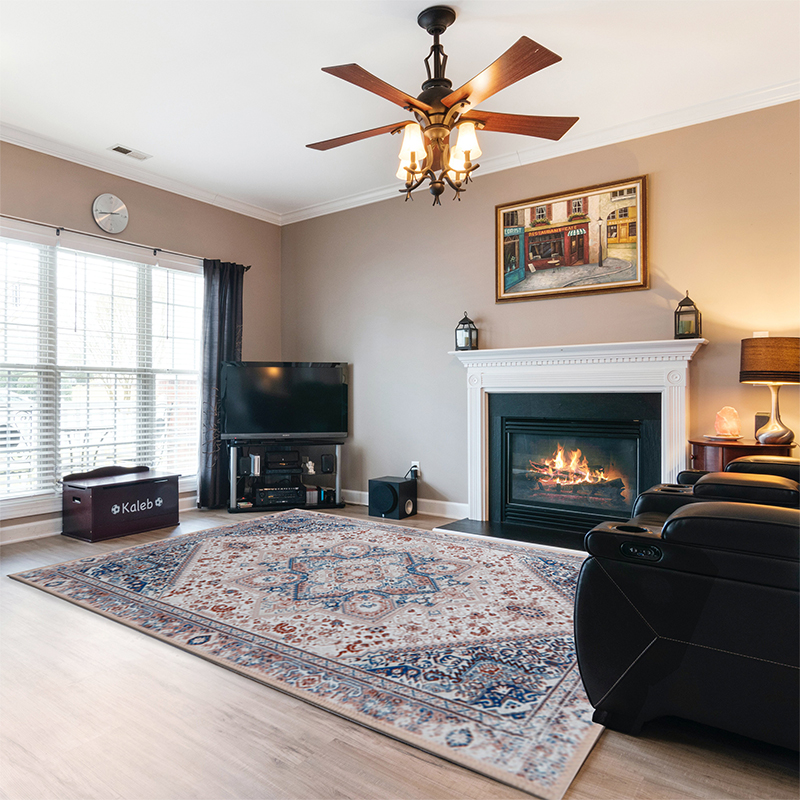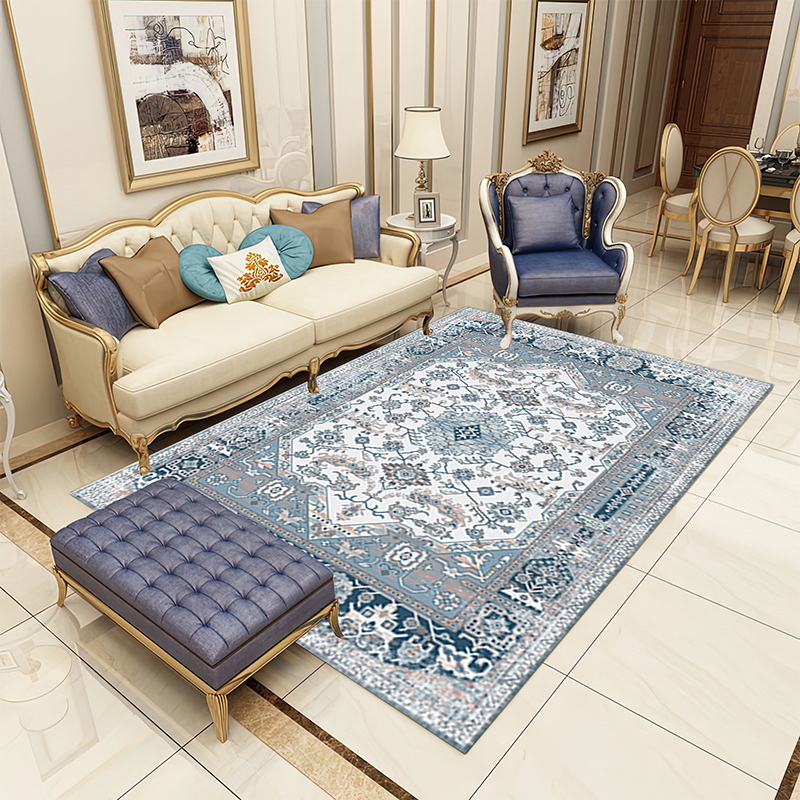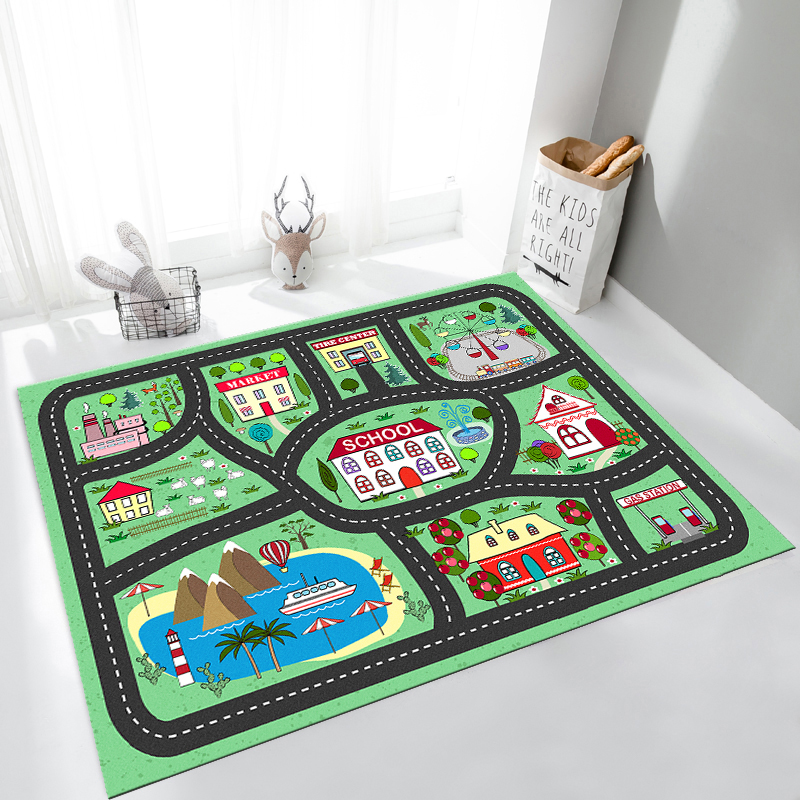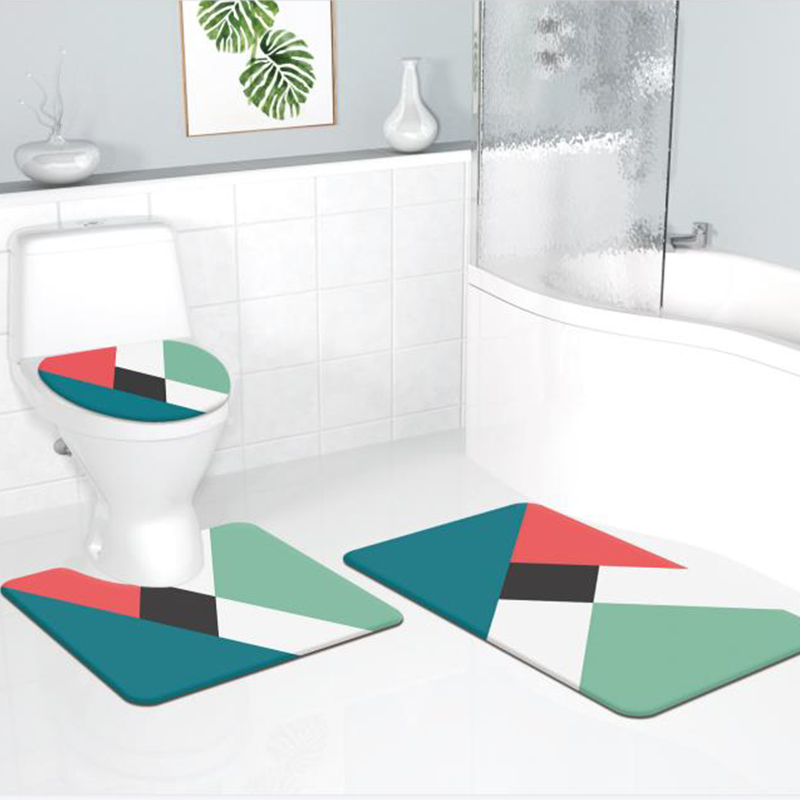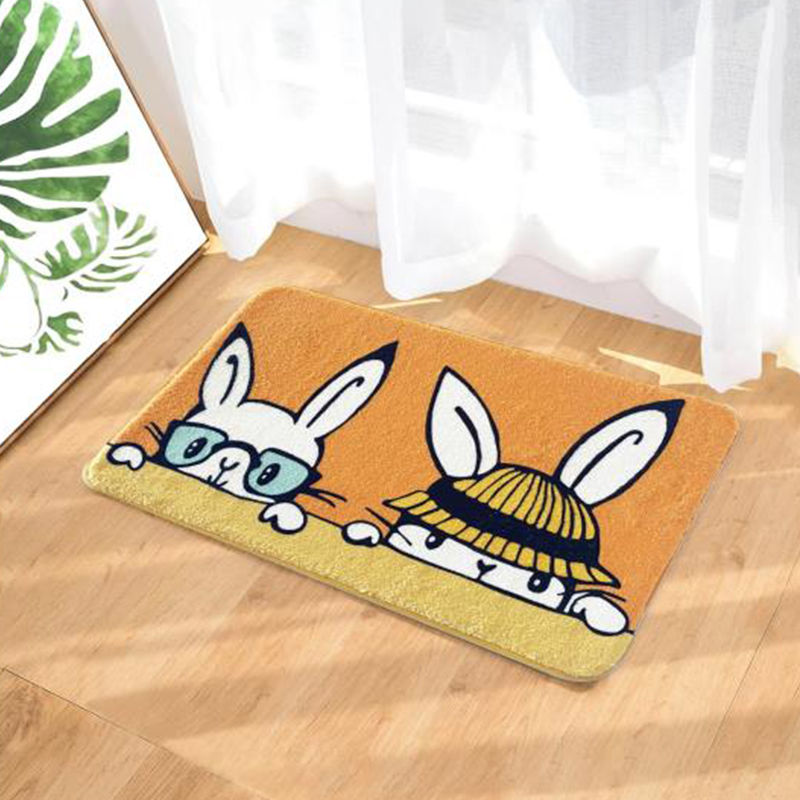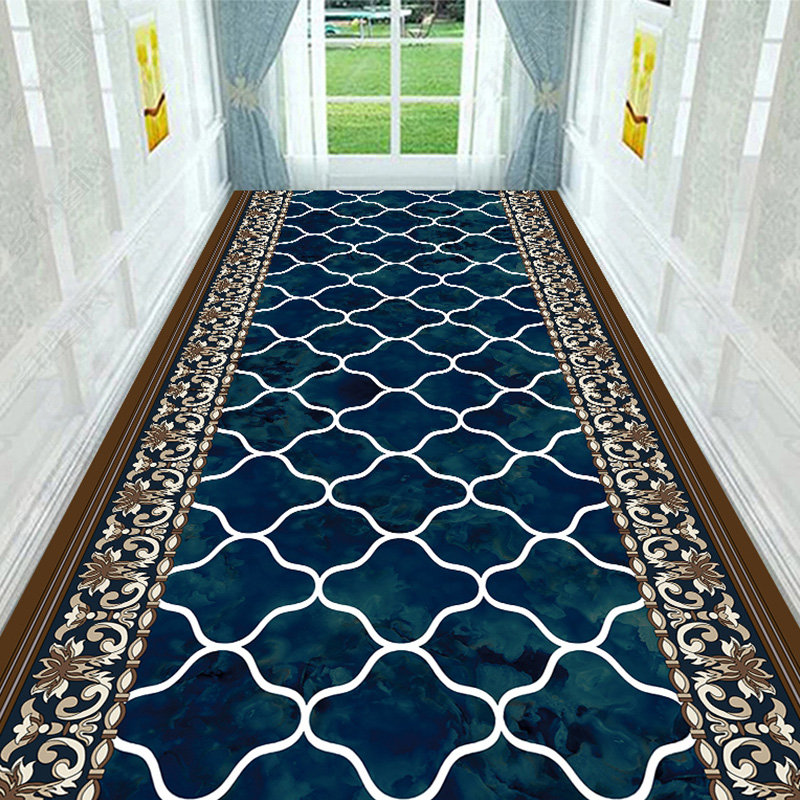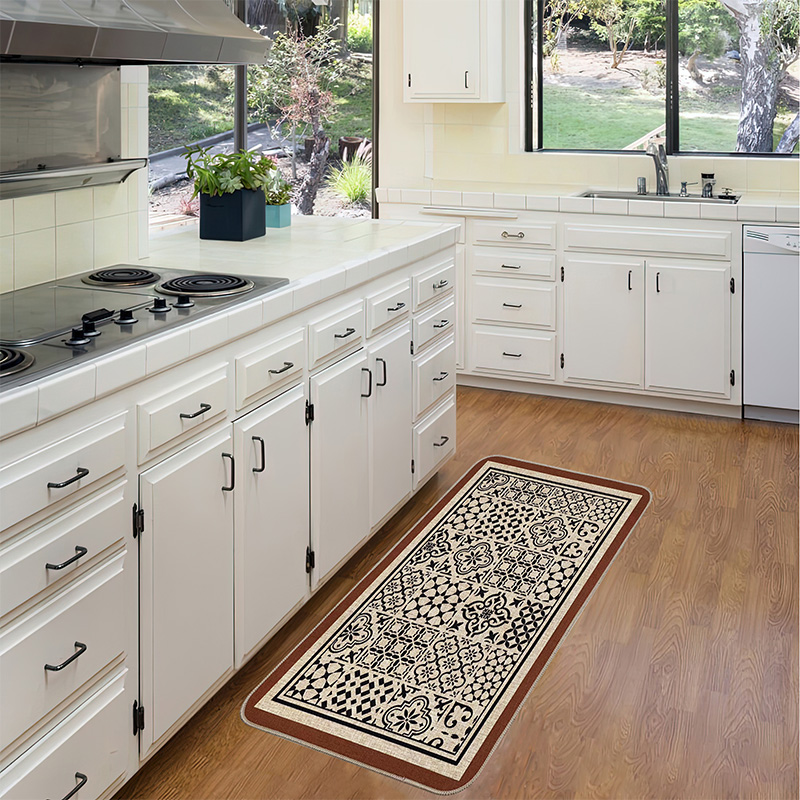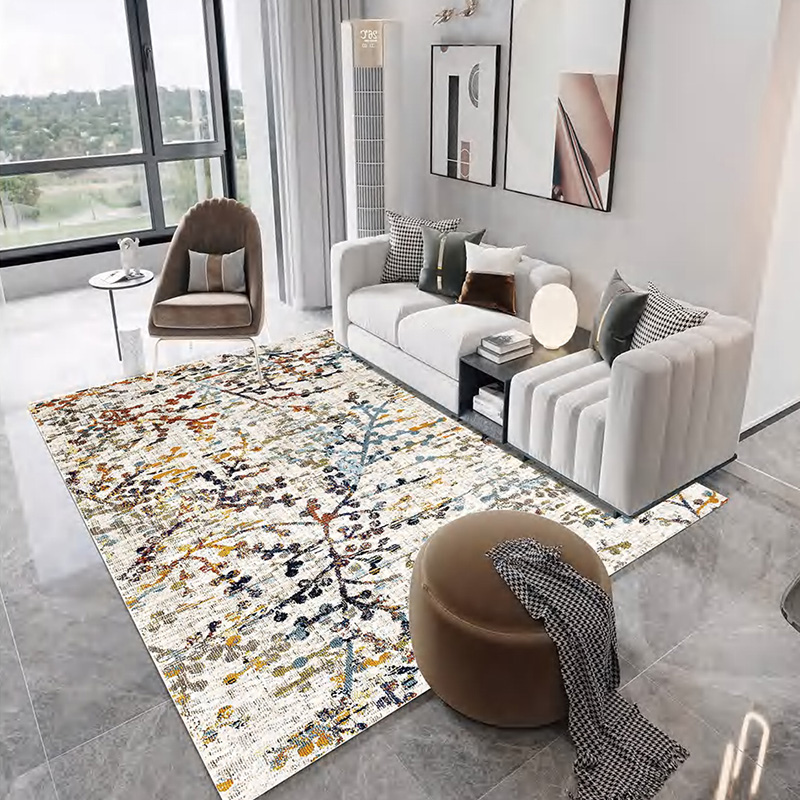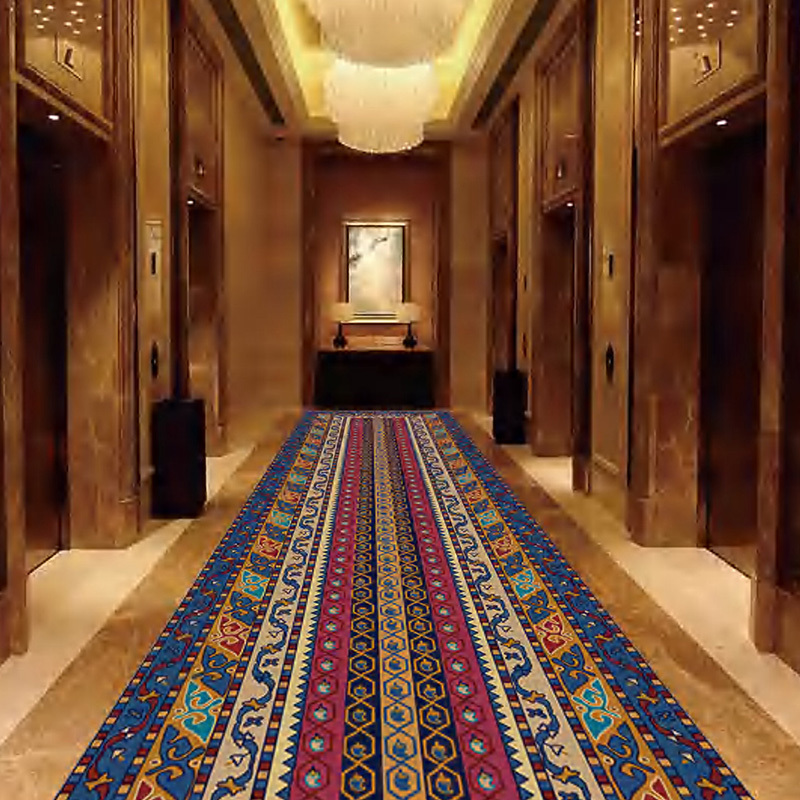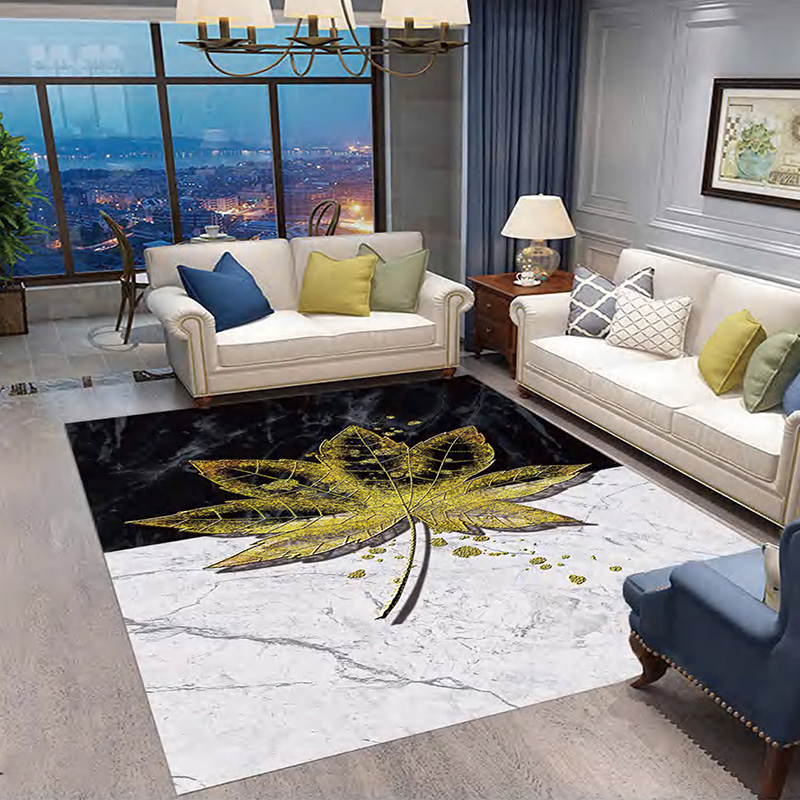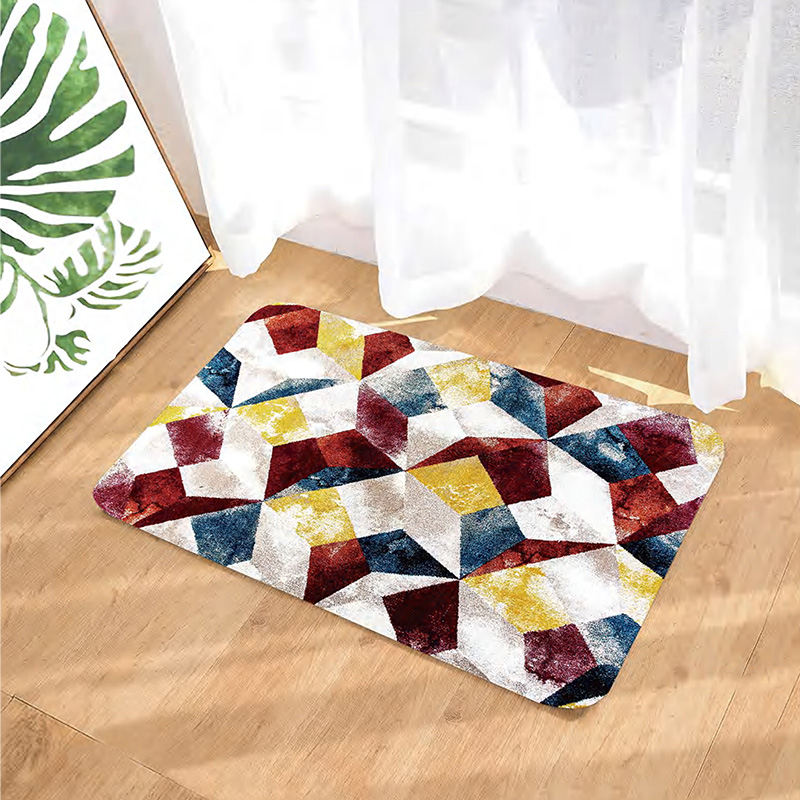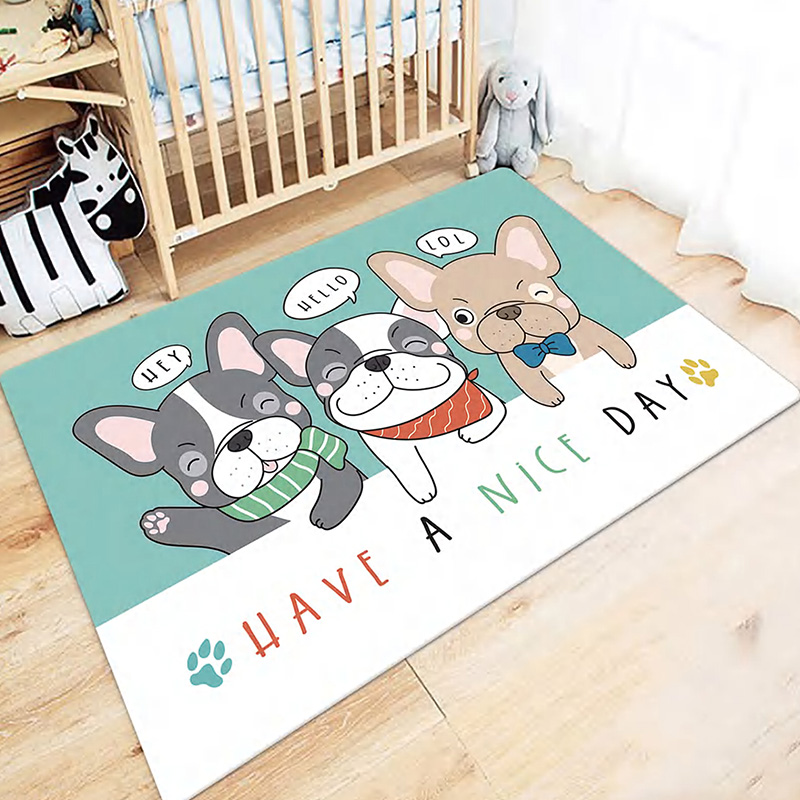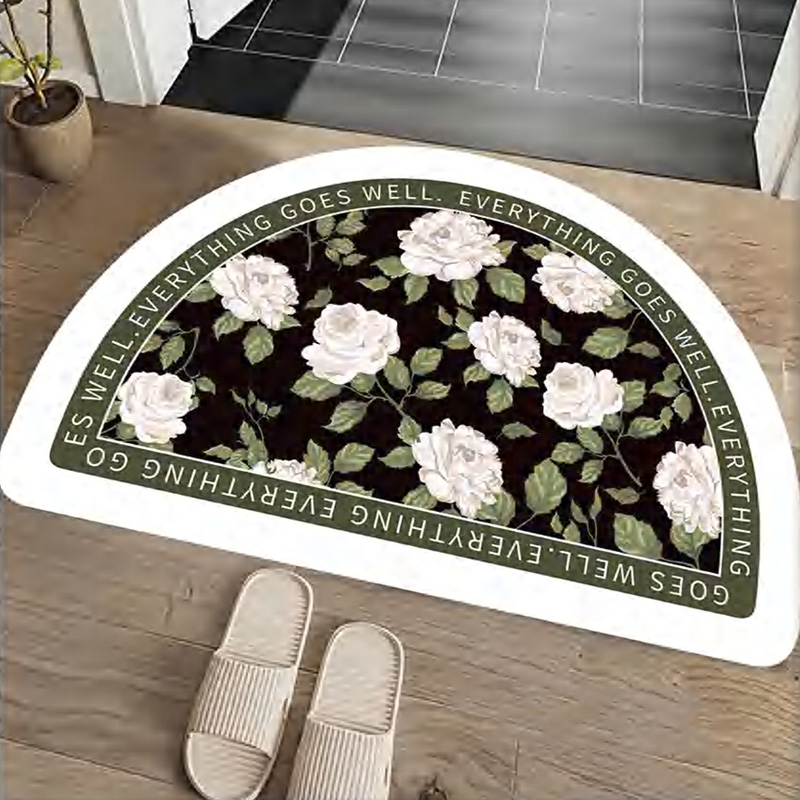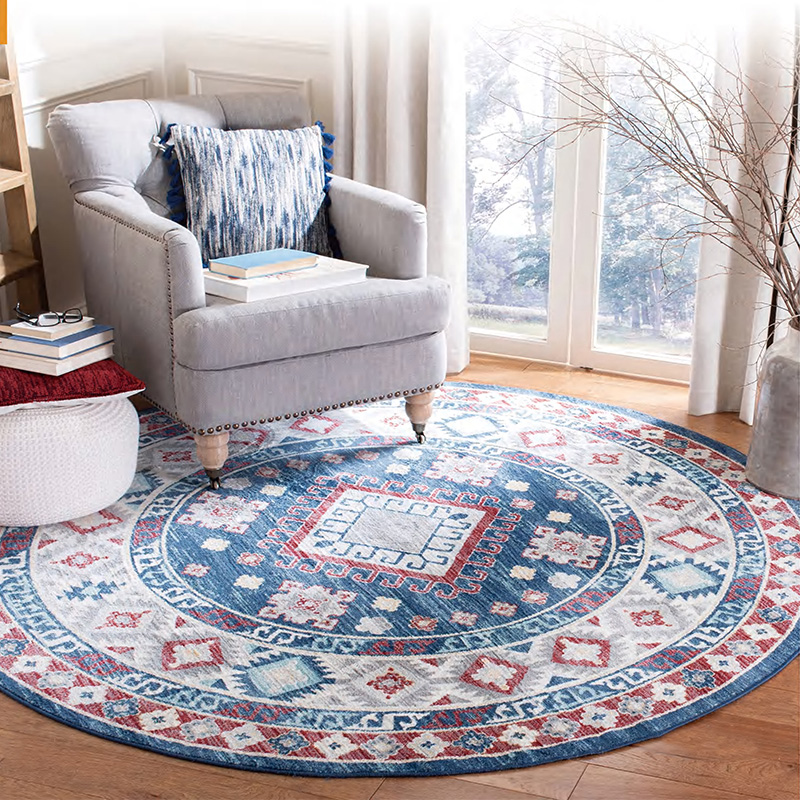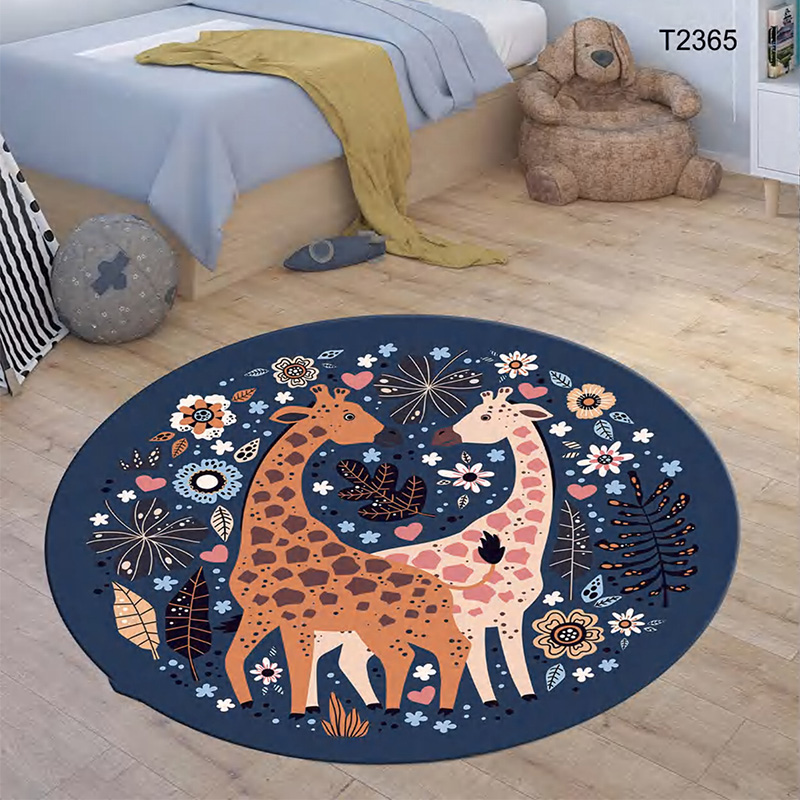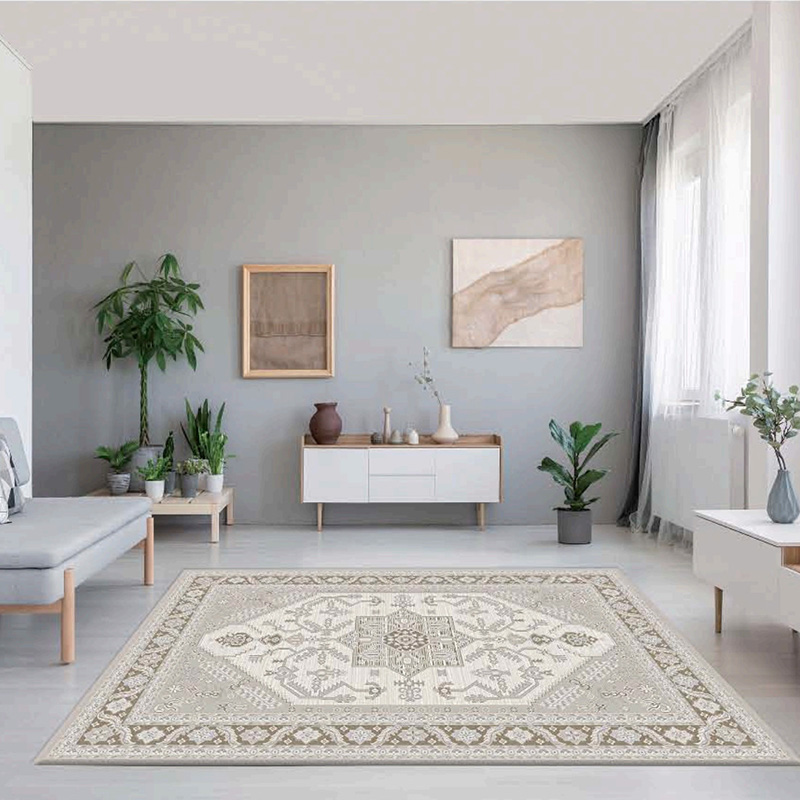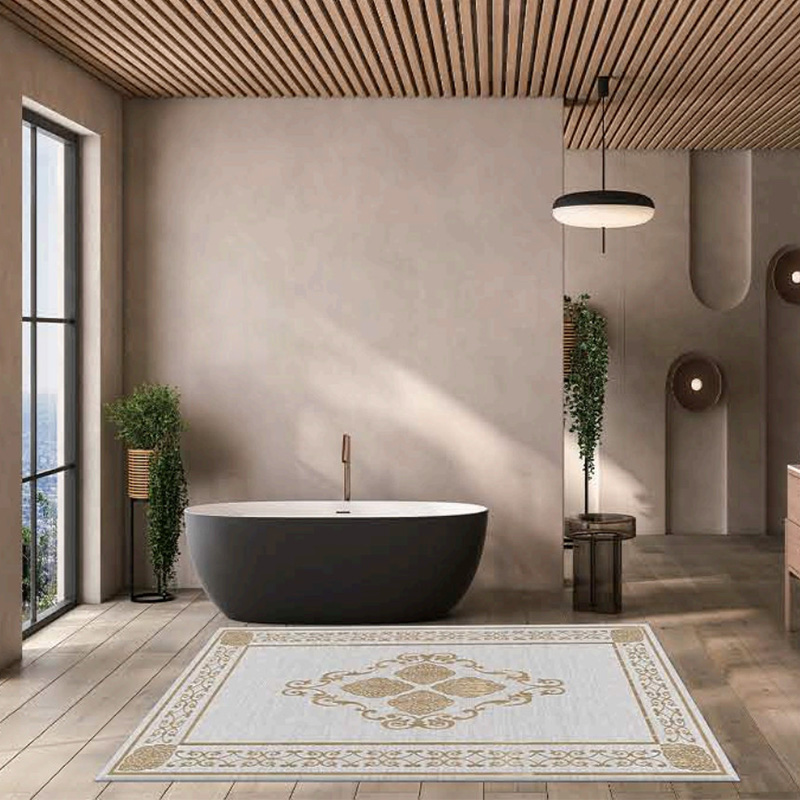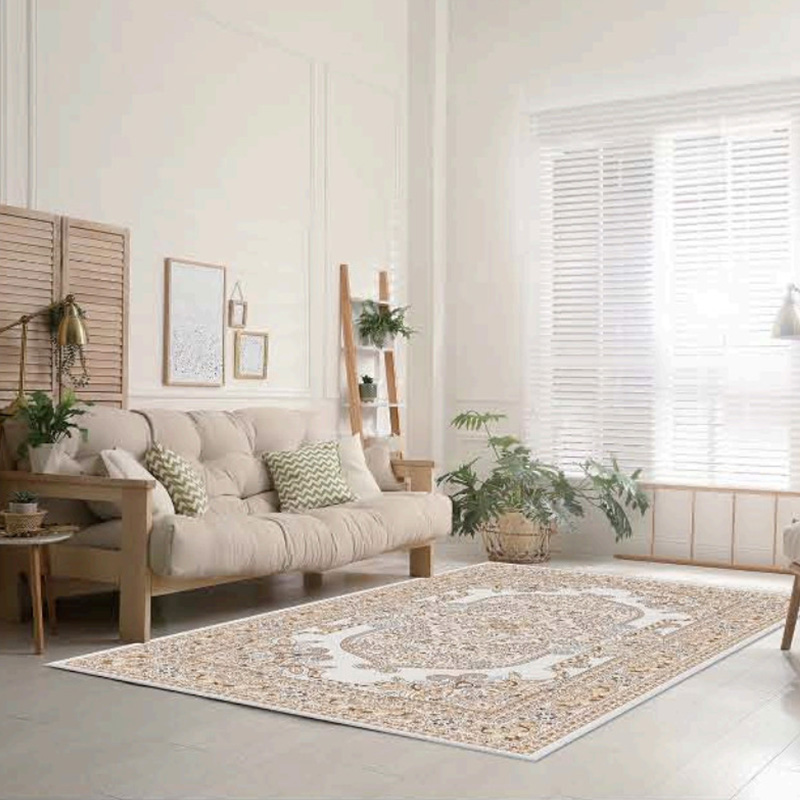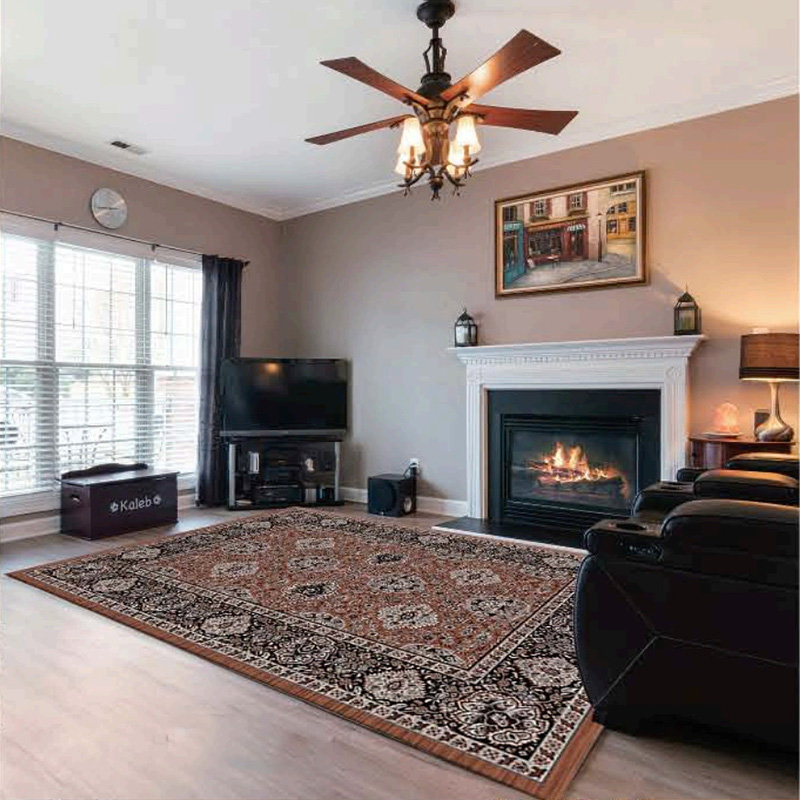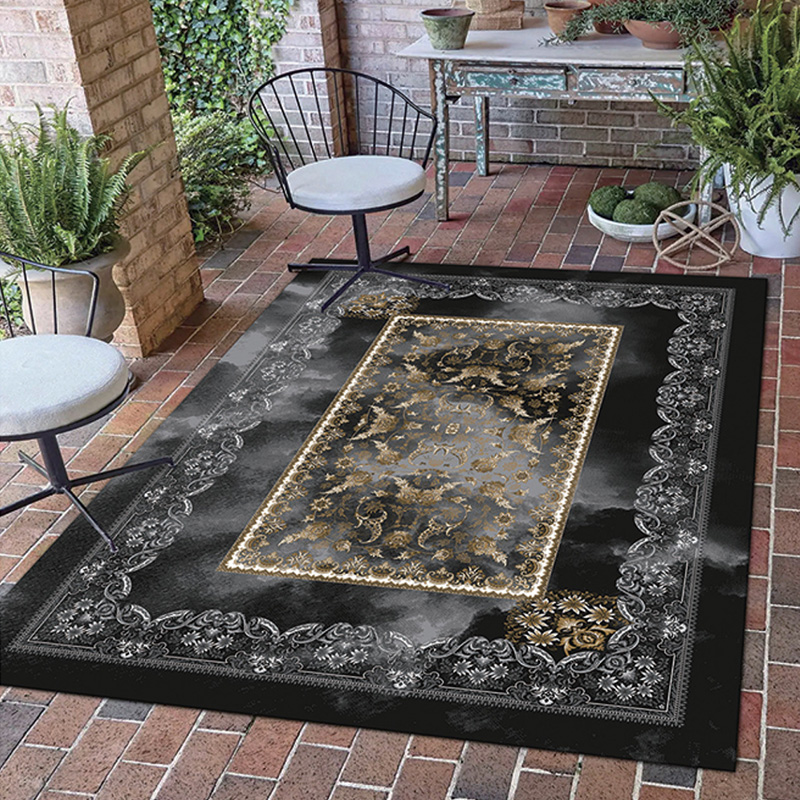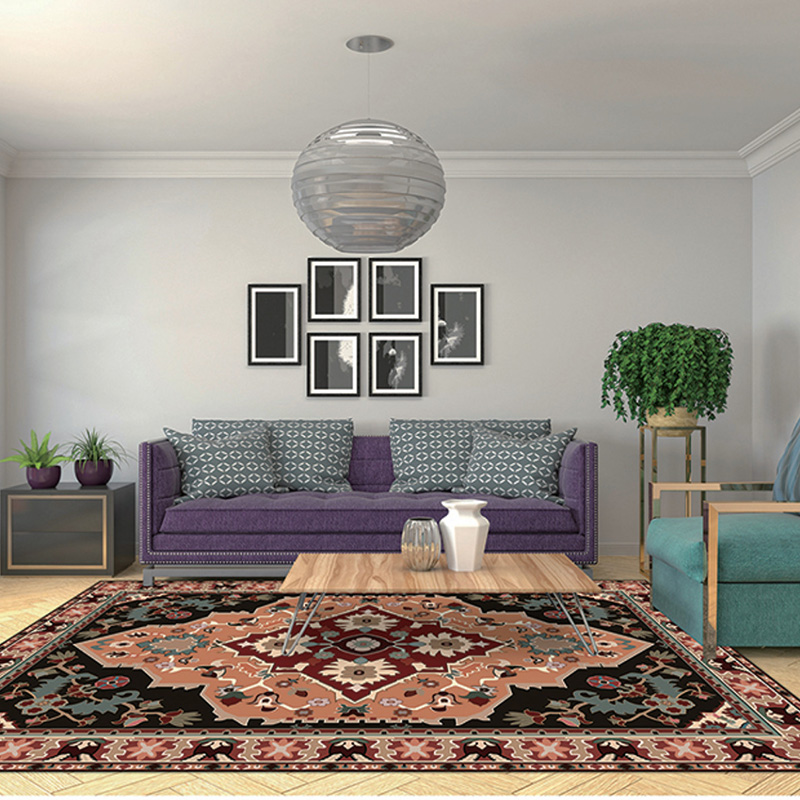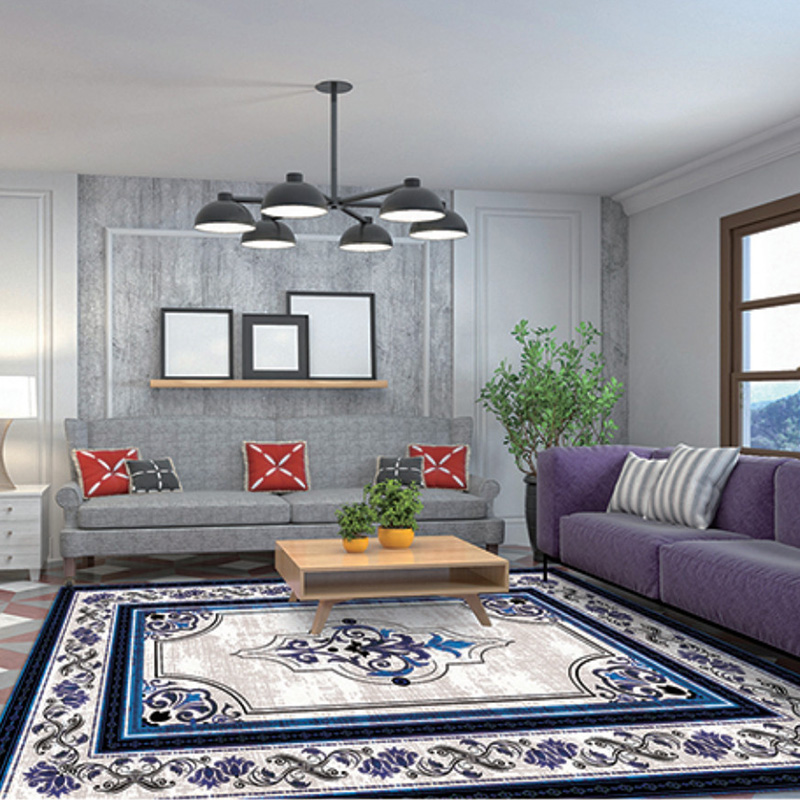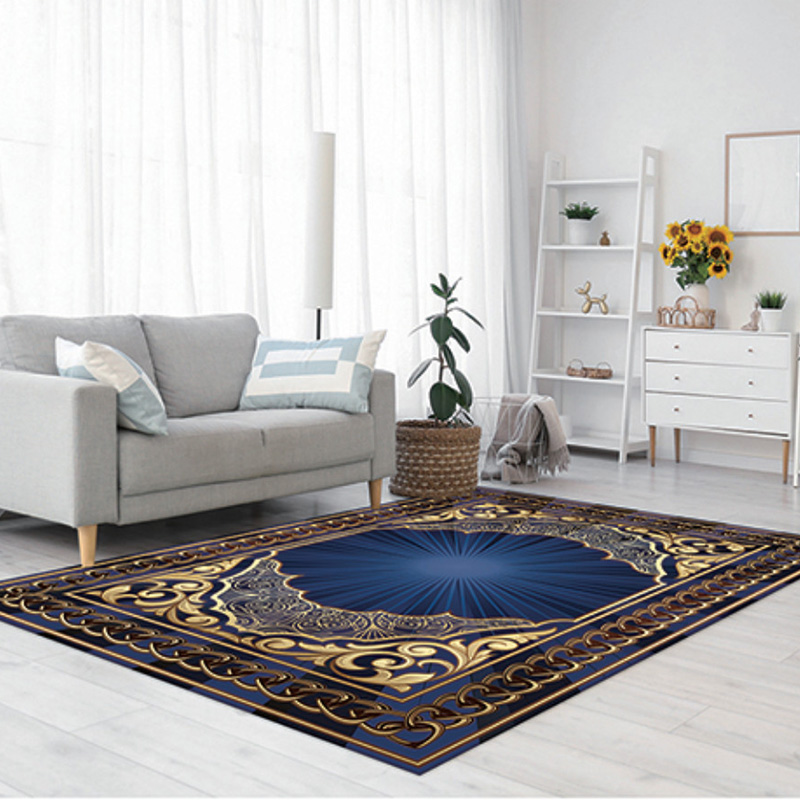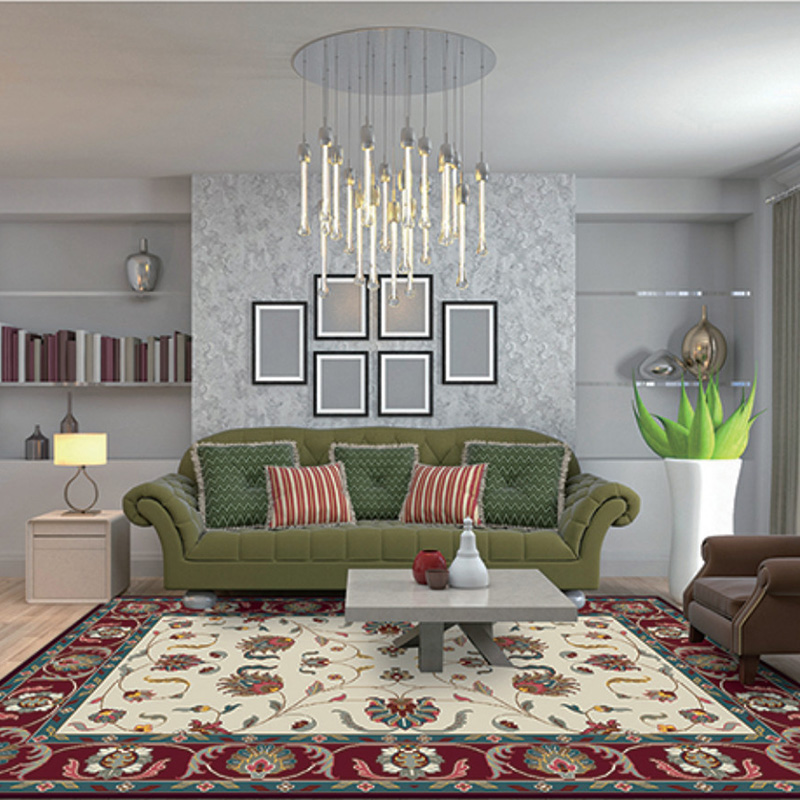Living room rugs are an essential element in interior design, providing both comfort and style. They help define spaces, add warmth, and contribute to the overall aesthetic of a room. Choosing the right rug involves considering factors such as size, material, texture, and color, ensuring that it complements the furniture and enhances the atmosphere of the living area.
One of the primary functions of a living room rug is to create a sense of space and organization. In open-plan layouts, rugs can define seating areas, separating the living zone from dining or kitchen spaces. Proper placement of a rug can anchor furniture, making the arrangement feel cohesive and intentional. Rugs that are proportionate to the size of the room and seating area help balance visual weight, preventing the space from feeling cluttered or sparse.
Material and texture play a key role in the comfort and functionality of a rug. Natural fibers such as wool, cotton, and jute are popular for their softness, durability, and ease of maintenance. Wool rugs are known for their resilience and ability to retain warmth, making them suitable for cooler climates. Cotton rugs offer a lightweight, versatile option that is easy to clean and move, while jute rugs bring an organic, earthy feel to the space. Synthetic fibers like polypropylene or polyester are often chosen for high-traffic areas due to their stain resistance and affordability.
The texture of a rug can add depth and character to the living room. Shaggy or high-pile rugs provide a plush, cozy feel underfoot, while flat-weave rugs offer a smoother, small look. Layering rugs with different textures is also a design trend, allowing homeowners to create visual interest and dimension. The tactile experience of a rug contributes to the overall comfort and enjoyment of the living space.
Color and pattern are important considerations when selecting a rug. Neutral tones such as beige, gray, or cream create a calm and versatile backdrop that complements various furniture styles and color schemes. Bold colors or geometric patterns can make a statement, adding personality and energy to the room. When choosing a patterned rug, it is helpful to consider the scale of the design in relation to the size of the room and furniture to maintain visual balance.
Maintenance and care are essential for keeping a living room rug in good condition. Regular vacuuming prevents dust and dirt from accumulating, while spot cleaning addresses spills promptly to avoid stains. Rotating the rug periodically ensures even wear, extending its lifespan. In some cases, professional cleaning may be recommended for delicate or high-pile rugs to preserve their texture and appearance.
Living room rugs also contribute to practical benefits beyond aesthetics. They provide insulation, reducing heat loss through flooring, and help absorb sound, making the room quieter and more comfortable. Rugs offer a soft surface for children and pets, creating a safe and inviting environment. Additionally, they can protect flooring from scratches and damage, particularly in areas with heavy foot traffic or furniture movement.
Overall, living room rugs combine functionality, comfort, and style, enhancing both the appearance and livability of the space. By carefully selecting the right size, material, texture, color, and pattern, homeowners can create a welcoming and harmonious environment. Whether for warmth, sound absorption, or design impact, rugs remain a versatile and valuable addition to any living room, elevating the space while offering practical benefits for everyday use.
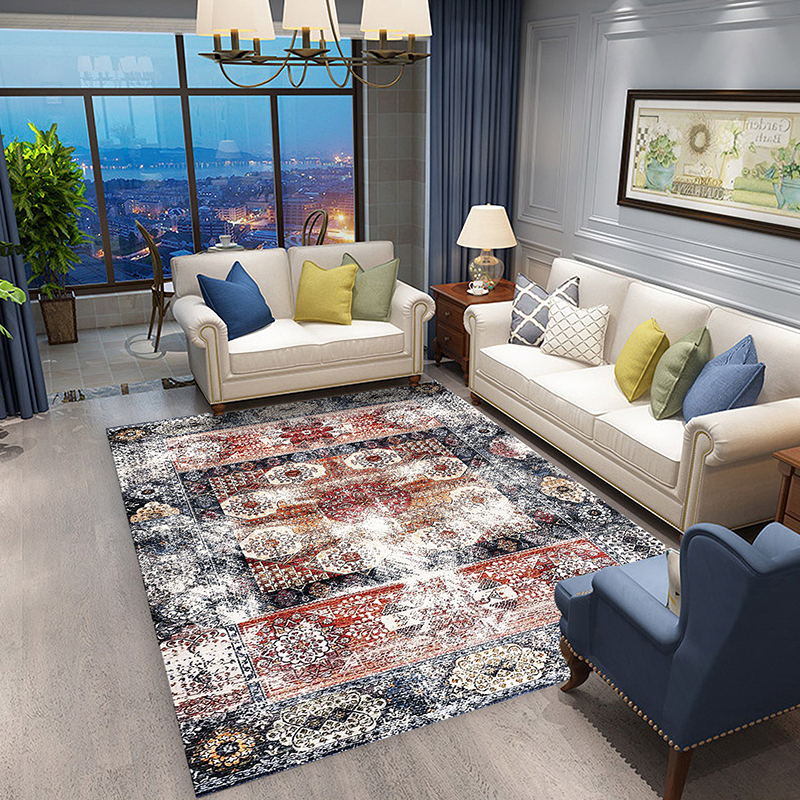

 英语
英语 阿拉伯语
阿拉伯语 德语
德语
